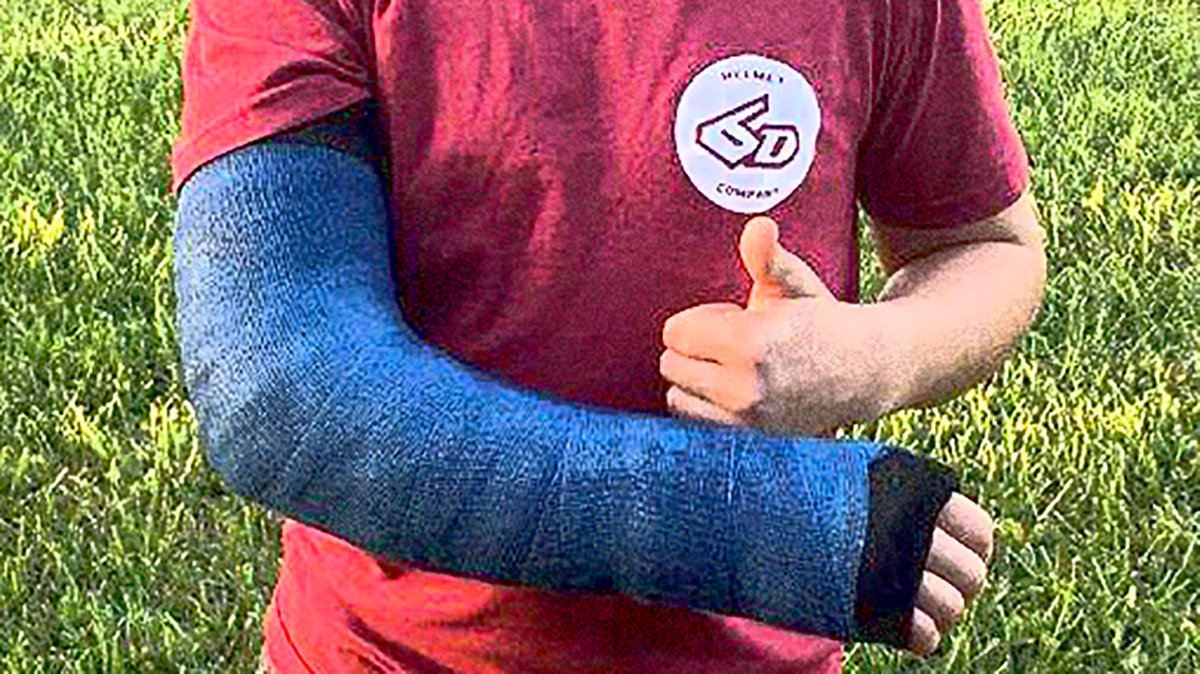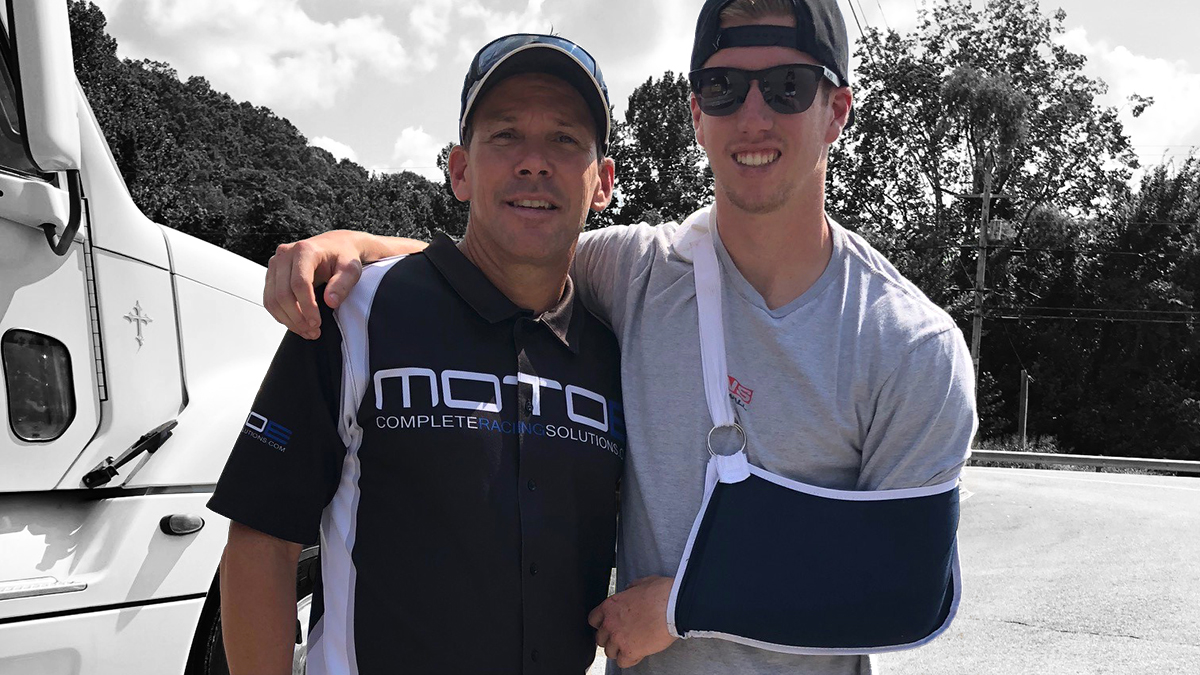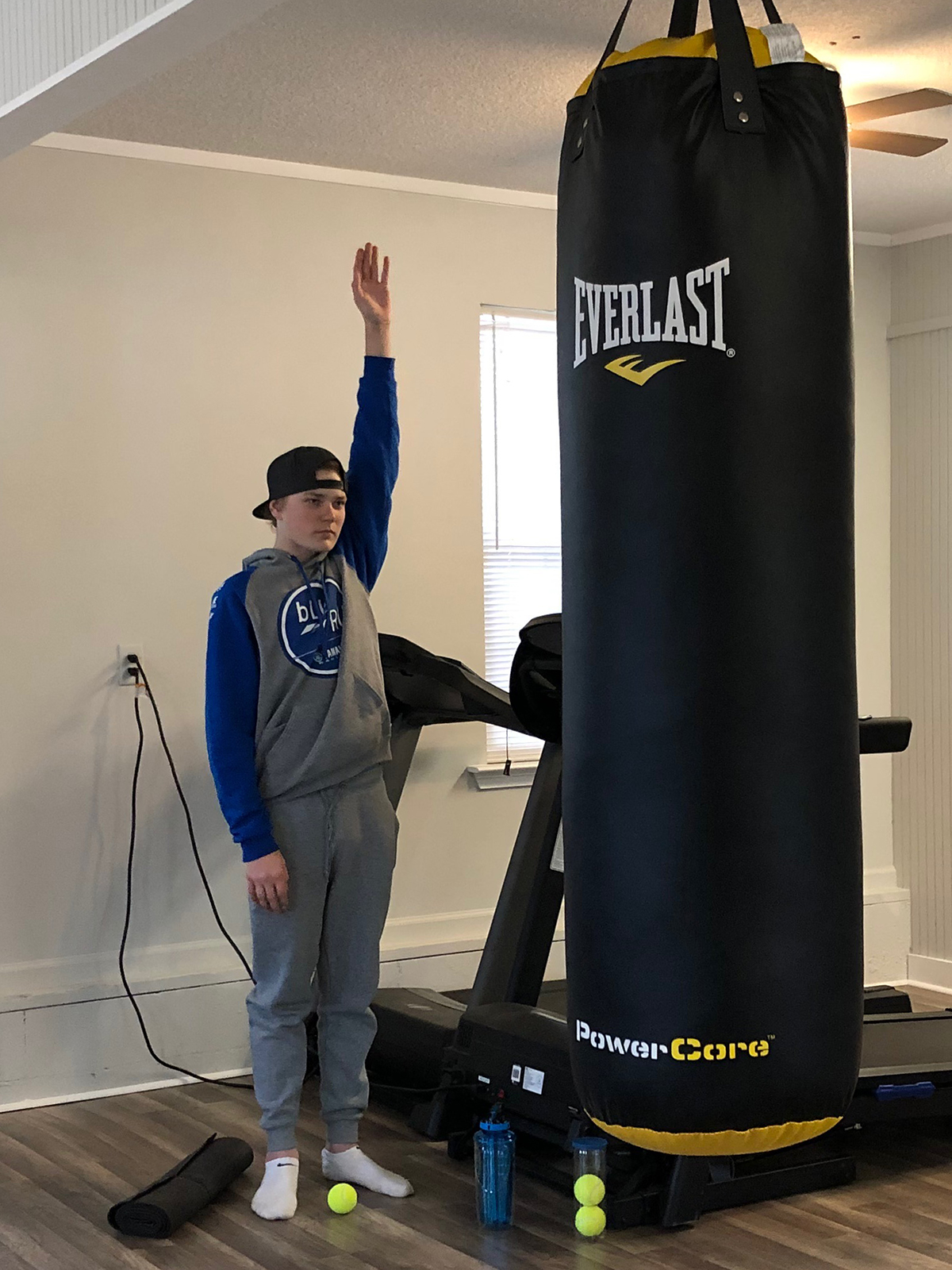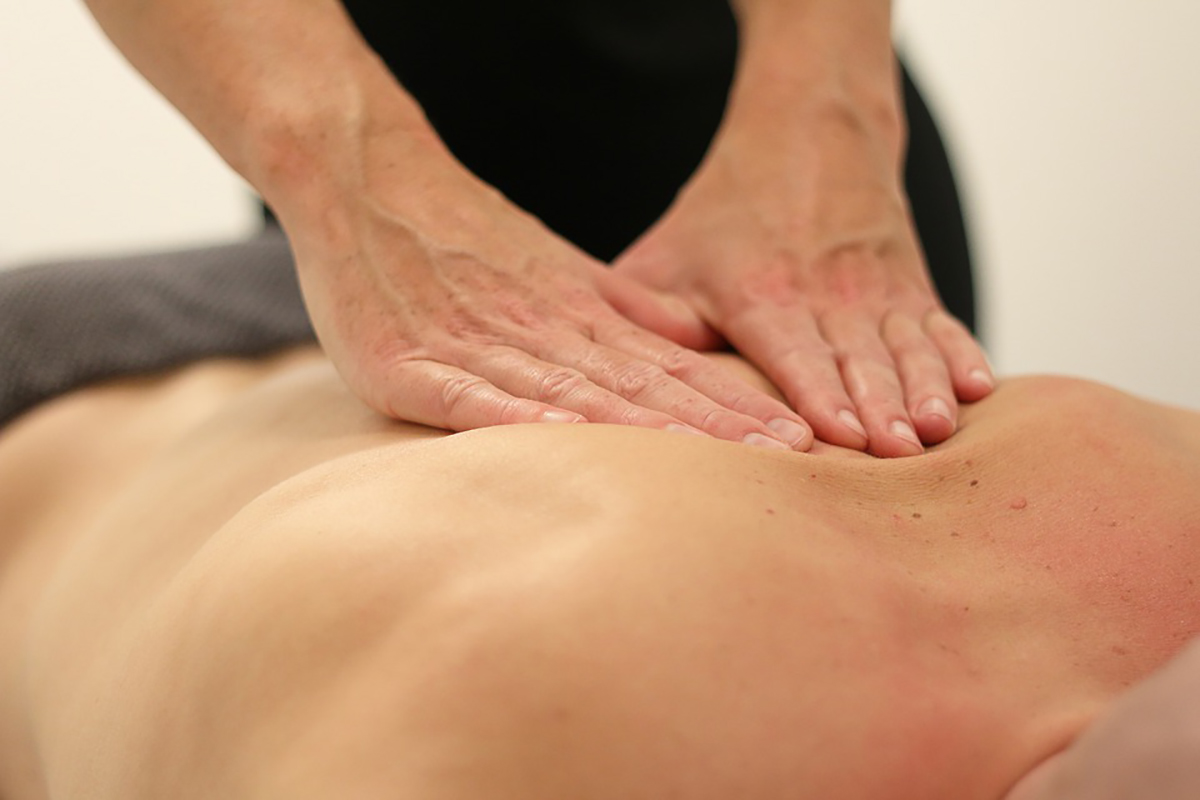In this three-part series, Coach Robb Beams discusses the top three mistakes when recovering from an injury – and how to avoid them. Here is the final chapter: Nutrition.

One of the most constant messages that I share with my clients daily is the importance of consistency. I encourage my clients to be better by 1% every day at something: sleep, food, hydration, flexibility, mental skills, warm up, cool-down, etc.
PART 3 – NUTRITION
When it comes to developing sport-specific and cross-training protocols, I always err on the side of caution because the ONLY two things that are guaranteed to slow down or even halt progression is an illness or an injury. Avoiding an illness can be done by combining three things:
- Evaluating the body’s response to training volume and intensity
- Eating enough quality and quantity of food to support the immune system
- Allowing the body to rest long enough and deep enough to absorb the stress of life and rejuvenate itself nightly.
Unfortunately, avoiding an injury isn’t always as easy as it seems. As the old saying goes within the athletic world, “It isn’t IF you are going to get injured, but WHEN”. Once injured, how to deal with it is often as convoluted as nutrition: Do I apply ice or heat?… Should I cast or not cast?… Should I exercise or rest?… Just to mention a few. Before we can answer these specific types of questions, we must determine the type of injury – whether it is tissue related or bone.
The Body is the Sum Total of Bones and Soft Tissue
Think of the body’s musculoskeletal system and a combination of soft tissue and bones. In addition to holding up the overall weight of the body (lean muscle mass and adipose/fat tissue), bones stabilize and work with muscles to create movement and maintain body posturing. Visualize the muscles “pulling” against the attachment to the bone to create movement. Without muscles, bones don’t move. Without bones, muscles can’t pull.
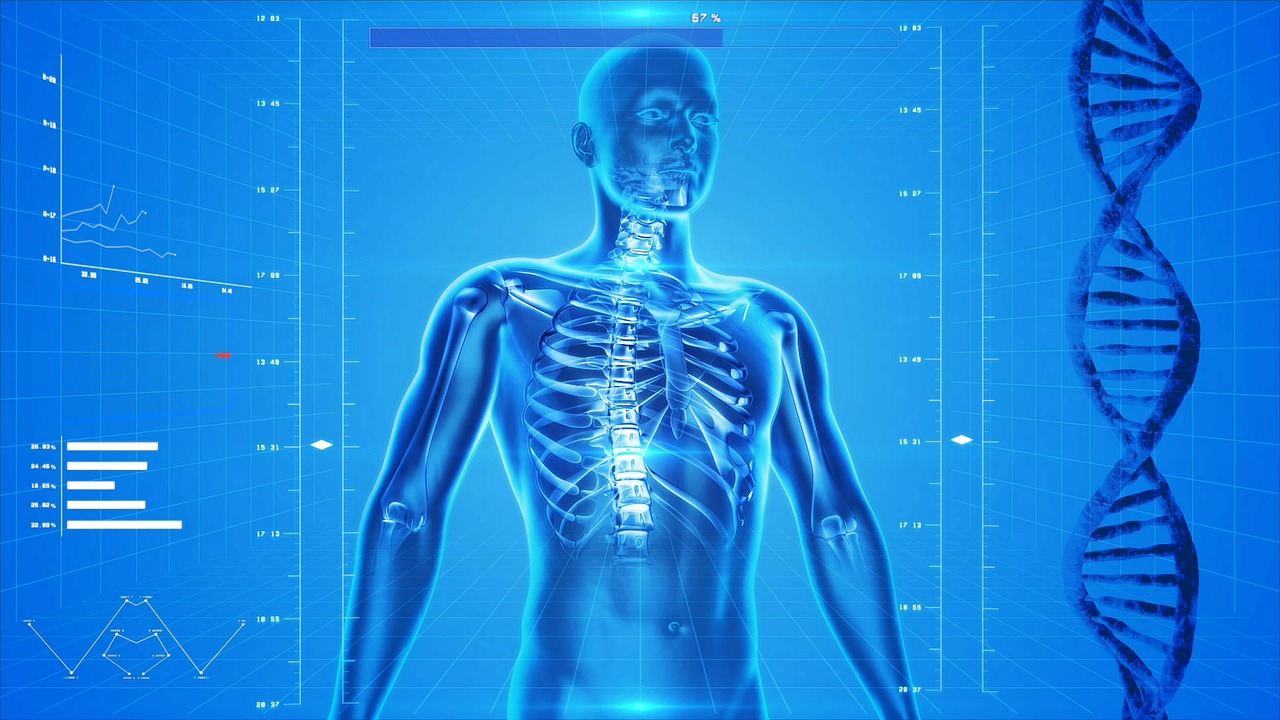
Soft Tissue
Soft tissue has three major functions – to connect, support and to protect the organs of the body. There are also two types of soft tissue. The connective tissue includes tendons which connect muscles to bones; ligaments that connect bones to bones; fascia, skin, fibrous tissue, fat and synovial membranes which serve as lubricants for the joints. The non-connective tissue are the muscles, nerves and blood.
Bone
There are 206 bones in the body that work collectively to support five major functions:
- Support: the framework for muscles, soft tissue and organs to attach.
- Movement: visualize bones as leverage points to generate movement.
- Protection: the skull protects the brain; the spine protects the nerves in the spinal column; and the ribs protect the lungs, heart and liver.
- Production of red blood cells: the center of the bone cavity is referred to as “red marrow” which is the source of production for red and white cells.
- Storage of minerals and lipids (fats): bones retain 99% of the calcium found in the body. Calcium salts help maintain calcium and phosphate ions in body fluids. The body stores lipids for energy reserves in the yellow marrow.
Two Types of Injuries
There are two types of injuries – acute and chronic. An acute, or impact injury typically occurs from an accident such as a head injury (concussion), broken bone, sprains, dislocations, Achilles tendon rupture and rotator cuff tears of the shoulder. This type of injury requires immediate medical attention. A chronic injury, on the other hand, develops slowly and is persistent and long lasting. The pain is enough to capture your attention, but not so bad that it keeps you from continuing activity. A chronic injury is usually addressed with the RICE acronym – Rest, Ice, Compression and Elevation.
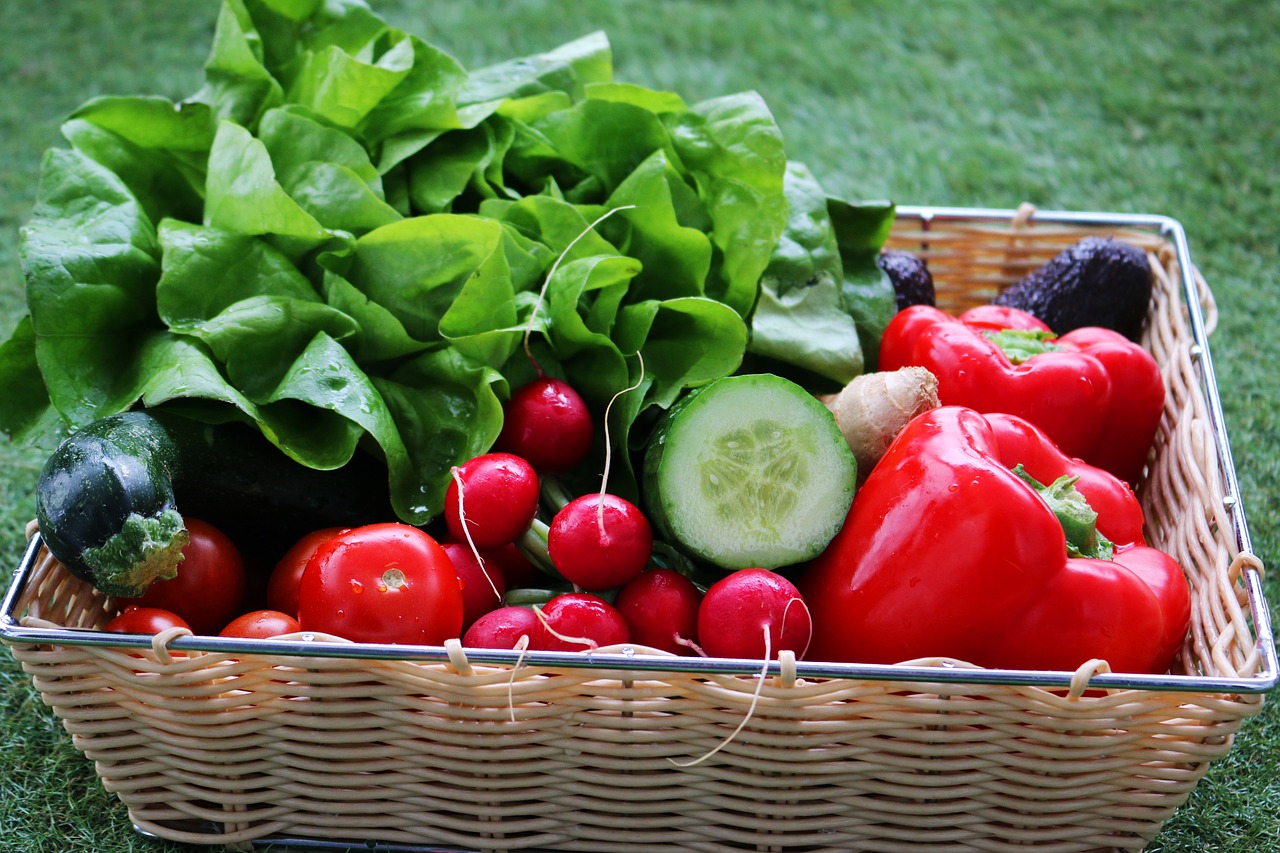 Nutrition Nutrition Strategies to Heal as Quickly as possible
Nutrition Nutrition Strategies to Heal as Quickly as possible
Most people don’t realize it, but nutrition plays a vital role in the healing process. Key nutritional strategies when recovering from an injury include:
- Refrain from cutting back on calories. This is counter-productive to recovery as it will actually slow down the healing process. Fruits, vegetables and lean protein are low on the calorie scale, but big on the nutritional density scale.
- Eat fruits and vegetables high in Vitamin C. Vitamin C helps make collagen, an antioxidant and an anti-inflammatory that will facilitate the recovery process from the inside out. Sources: citrus fruit, capsicums, dark greens, kiwi fruit, broccoli, tomatoes, mango and papaya.
- Consume protein-rich foods such as salmon, red meat, chicken, tofu, beans, peas, nuts and seeds. These types of food are high in amino acids which are the building block for new tissue and help prevent excessive inflammation.
- Eat foods that contain Omega-3 fatty acids such as salmon, sardines, walnuts, flax seeds and chia seeds. Not commonly known is that Omega-3 facilities new muscle generation reducing muscle loss during immobilization, as well as preventing excessive inflammation.
- Avoid Omega-6 fats which can increase inflammation within the body. These are found in corn, canola, cottonseed, soy and sunflower oils.
- Add zinc to your diet. Zinc is a commonly deficient nutrient in the body but an instrumental component of many enzymes and proteins needed for tissue repair and growth. Sources: salmon, sardines, shellfish, seeds, nuts and whole grains.
- Eat more calcium-rich foods such as organic dairy, dark greens, sardines, broccoli, almonds and seaweed. Calcium is a vital component to strong bones and teeth, along with aiding muscle contractions and nerve signaling.
Be sure to get enough Vitamin D – whether naturally through exposure to sunlight or through your foods. Vitamin D facilitates the absorption of Calcium which speeds up bone rejuvenation, along with strengthening bones and teeth. It can also help shorten the recovery time after surgery. Outside Sources include egg yolk, whole eggs, organic milk, salmon, sardines, tuna, shrimp, oysters and liver. - Consume foods such as free-range meat, chicken and fish that are high in creatine. Creatine is known to reduce muscle mass loss, facilitate the development of muscle mass and reestablish muscle strength.
- Eat more shellfish as they naturally contain Glucosamine, a vitamin known to facilitate the creation of tendons, ligaments, cartilage and speed up bone rejuvenation. Glucosamine also reduces pain associated with joint and bone injuries.
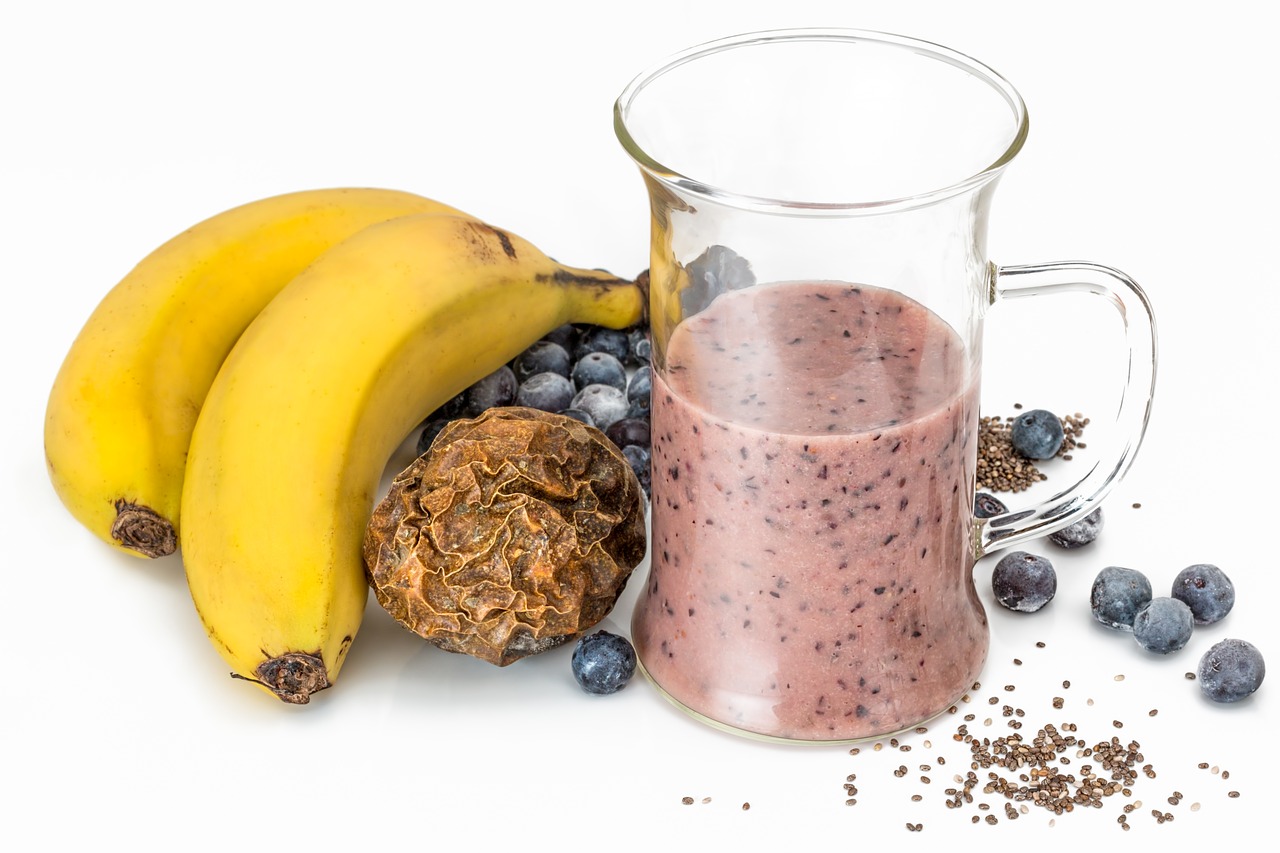
Broken Bone Specific Nutrition for Healing
In addition to Calcium and Vitamin D mentioned above, the following nutrients will facilitate the recovery process associated with a broken bone:
- Arginine – This amino acid is needed to produce a fracture healing compound known as nitric oxide. Sources: free range meat, organic dairy, seafood, raw nuts and oatmeal.
- Inositol – Like Vitamin D, Inositol helps improve the absorption of calcium to strengthen bones and teeth. Sources: rockmelon, grapefruit, organs and prune.
- Boron – This powerhouse helps increase both calcium and magnesium retention while increasing the effectiveness of Vitamin D. Source: raisins, prunes, Brazilian nuts, apples, bananas, celery, broccoli, chickpeas
- Magnesium – Facilitates bone strength and firmness. Sources: almonds, cashews, potato skins, brown rice, kidney and black-eyed peas and organic milk.
- Silicon – Critical element in the early stages of bone formation. Sources: whole grains, carrots, green beans, red wine, beer, brown rice, barley, oats, raw nuts, seafood and organ meats.
- Vitamin K1 and K2 – Improves bone strength. Sources: kale, spinach, broccoli, egg yolk, organic dairy, organ meats, prunes, kiwis, avocado, blackberry, blueberry, grapes, hard cheese, dark chicken meat, real butter.
Top Five Nutrition Habits
- Consume half of your body weight in ounces of water (150 pounds /2 = 75 ounces) over 8-10-hour day.
- Eat every two hours to stabilize blood sugar levels – maintain mental clarity and consistent energy levels.
- Every time you eat, consume a fruit, a vegetable and a high-quality fat/protein item.
- Consume your food without the distraction of a phone, TV or computer to maximize the absorption of micro and macro nutrients. Literally get more out of your food!
- Eat out no more than one time a week to avoid foods loaded in preservatives and sugars.
Take away message…
When you become injured (at any level), you are always in a race against space and time. Understanding how to offset the inflammatory process, without slowing down the healing process, giving the body the invaluable vitamins, minerals and necessary macro nutrients to heal, repair and grow can be directly influenced by what, when and how much you consume and supplement. The greater the attention to detail, the quicker the recovery!
 City Coast Motorcycles has partnered with MotoE for 2019. We are excited to welcome Coach Robb Beams aboard as a feature writer for our website and newsletter.
City Coast Motorcycles has partnered with MotoE for 2019. We are excited to welcome Coach Robb Beams aboard as a feature writer for our website and newsletter.
Coach Robb is an internationally recognised motorsports performance coach with 35 years of on and off-the-track experience. He is the founder of the Complete Racing Solutions Performance Program, MotoE Amateur Development Program, the Mental Blueprint of Success, and MotoE Educational Series. His success working with riders ranging from 65 cc to the Pro Sport include some of today’s top professionals including Ryan Dungey, Adam Cianciarulo, Jeremy Martin, Jordan Bailey, Alex Martin, Stilez Robertson and Logan Best.
In January 2019, Coach Robb and MotoE conducted two Amateur Motocross Performance Camps for members of the Wollongong Motorcycle Club. Based off the success of these camps, MotoE and Coach Robb will be returning in July. For more information visit MotoE Australian Performance Camps. Follow our Facebook page to stay posted on our exclusive Meet the Coach special event held at City Coast Motorcycles on July 4.
This is not paid content.

